The Right Kind of Climate Change
If we want new leadership, let’s change the way we lead.
Excepting some dissenting voices, the great majority of the scientific community predicts that, due to human action, we will face cataclysmic environmental crises over the next few decades. Some parts of the globe are already experiencing these phenomena. Possessing this knowledge, being aware with high probability that it presents one of the deadliest challenges to human existence ever, and knowing it is right around the corner, what exactly are we doing about it in our schools?
School leadership models still largely revolve around leaders of departments and leaders of grades: those who handle the academics, and those who support the welfare and personal growth of our learners. These continue to be essential roles and are as necessary as ever; they are very much the ‘engine room’ driving and delivering pupil success and school improvement. But what about the global warming elephant in the room? Are we still teaching algebra while the building around us is on fire?
In response, we need our own kind of climate change. If schools are to surmount the challenges rising all around, they need to be more adaptable, more resilient, more thoughtfully designed than ever before. And they need new kinds of leaders to chart this journey, people who understand the perils yet also perceive that the emerging polycrisis presents the greatest opportunity in history for human beings to unify, discard negative behaviours and embrace our capacity as the ultimate keystone species to regenerate Earth’s damaged ecosystems.
Many schools now employ a middle or senior leader to head up sustainability, which is a positive indicator of the growing attention schools and in some case national systems are paying to global threats. But is this enough to address the scale of the problem? What might be the impact if we created not one, but a suite of sustainability-orientated roles in our schools? Across the last five years at Robert College, we introduced the following jobs to drive change based on better design thinking:
| Head of Social Entrepreneurship, Innovation and Creativity | The Head of SEIC is tasked to promote innovation and creativity and to develop a significant social entrepreneurship program that encourages students to deal with real-world issues through the framework of ethically driven, socially responsible business practice. |
| Head of Environmental Education | The Head of Environmental Educational leads Robert College’s engagement with environmental issues across lessons and clubs, in the curriculum, in trips and visits, in the work of the support staff and across the school’s infrastructure. |
| Head of Well-being | The Head of Well-being leads the Well-being Circle, a team of teachers who deliver the course as a taught subject for our prep, 9th and 10th grades. |
| Head of Adventure and Environmental Learning | The Head of Adventure and Environmental Learning runs hiking, multi-sport and winter skills weekends and expeditions, all with environmental components built in. Current generations of students are more and more separated from the natural world, and the Head of AEL is tasked with reversing this trend by giving our students immersive experiences through which they have the chance to fall back in love with, and therefore preserve, nature. |
Collectively, these roles are designed to help us deliver our vision of creating emotionally intelligent, service-driven graduates who are grounded in the relationships that really matter, which we summarize in our motto: Connection to Self; Connection to Others; Connection to Nature.
If you can’t find a tribe, make one
All our Department Heads and Level Deans are members of long-standing committees. Through those teams they come together on a regular basis to share information and experiences, support each other through difficulties and frustrations, and offer expert support to less experienced leaders. We considered mixing our new leaders into these teams, but ultimately decided we wanted to create a fresh forum, a new tribe that, because it was starting from scratch, would be free to address problems through innovative design thinking approaches without the constraints of past models. Enter the ‘New Leadership Group’, which comprised the above roles plus the SLT, and other colleagues in new roles including our Head of Education Research, Allison Finn-Yemez. Allison described for me the experience of being part of this new forum.
In my work I have always been hyper-focused on classroom practice and putting students at the centre, and so working with the heads from other domains – Social Entrepreneurship, Environment, Wellbeing, Institutional Advancement – they helped me to open my mind to new possibilities of what could happen in the classroom. Since my work on the team, nearly everything I do is co-created or created with the work of another head in mind. Our meetings gave us a space to probe for overlaps, to keep each other updated about what we were doing, to better understand the power of co-creation and collective intelligence. In this group I was challenged to think about the stories our work tells – to the community, to our peer schools, to our donors, even. To say I was stretched and challenged and inspired by and in our NLG meetings would be an understatement; I think I entirely transformed. I changed the way I think and the way I approach the challenges of transforming classroom practice. We even co-designed a whole PD Day focused on integrating the work of our Heads of Environmental Education into our classroom practice. I foresee another day focused on how we might use our class projects and everyday classroom work as opportunities to highlight our core values and the values of our RC Scholar framework. I see things around me that I never saw before. I even changed my own approach to teaching and learning (well, not fundamentally – we should still be student-centred – but in the kinds of things we think about and the ways in which we think about them).
Clearly the model felt transformative to Allison. But how did it manifest for our students? Their experience was not of the group itself, but rather of the work emerging from it. Some came together to form a ‘Make Learning Better’ group, that reflects on student classroom experience. Others dived into the new or reorganized clubs launched by the NLG leaders. I interviewed Robert College students Duru, Melisa and Selin to hear about what the work of these new leadership roles has meant for them.
For Selin, one of 40+ students active within our Social Entrepreneurship team, SEIC had given her the theoretical base to be prepared for all scenarios and the means to navigate them. As she eloquently put it, ‘I view it as my toolkit for life’. Melisa, a former member of the SEIC group, spoke about it as a safe space, in which chances for leadership were given even during her Prep year (pre 9th grade), when she ran our ‘Wednesdays of Wonder’ program.
For Melisa, there was ‘a pattern of proactivity’ visible in students who were mentored by the SEIC and EE leaders. Selin supported that in practical terms: ‘If I have an idea, now I think how do I do it’. This heightened sense of both capacity and agency was empowering and liberating for all the girls: Selin noted that she felt ‘transported into a universe where I could do things’.
Duru observed with sadness that some ‘Friends in other schools don’t have these opportunities; they even get blocked sometimes’ because those schools had not achieved a critical mass of engaged leaders and students calling for, and making, change. They were all aware of the school’s commitment to environmental work as outlined in target 6 of our Strategic Plan 2023-28 (‘Robert College will lead the nation and beyond in developing an environmentally sustainable and regenerative model of education’), and one of them was on the team that wrote its action plan. Target 6 is led by the school leaders listed above, and Selin told me that she was ‘Incredibly grateful’ that her school was committing to making real change, not greenwashing. This sense of action had imprinted upon the girls: Selin liked the plan’s ‘Solid goals’, which she felt gave the students a model ‘to progress on, something we want to extend into the world’.
The NLG forum, the safe / play space we had created for our faculty leaders, also seems to have transferred to these students. Melisa shared that ‘the space provided for us (by the SEIC and EE teachers) is the main reason why we are growing leaders for the future, because we have so much voice’. Working with her peers in these forums had given Duru ‘a sense of what others are thinking and what is being done’. Selin recalled being inspired by older students and the simple fact of realizing ‘Oh, there are other people who care’. As her journey through the school has progressed, she ‘tries to be that for younger ones now’.
Supported by our SEIC and EE faculty leaders, the three girls have grown into brave spokeswomen for their beliefs, for example fronting assemblies launching plans to cut our energy consumption so that our school exceeds Paris Climate Accord targets. Duru felt she had developed ‘a bigger idea of how to approach the student body’, which the girls saw as a cross-section representative of wider society.
At Robert College, having many voices speaking up for positive environmental change has helped create a critical mass, multiplied our momentum, and strengthened our community’s sense that we are contributing meaningfully to countering global challenges. Our developing leadership journey will continue in the 2024-25 academic year. After four years the NLG had served its purpose, and leaders moved on to form Team 6 of our Strategic Plan. September will also see us add two further roles: the Dean of Regeneration & Innovation in Education will take up an overview of all our environmental work, whilst the Sustainability Manager will focus on ensuring we meet our demanding net-zero targets. More voices to speak up for nature, more colleagues to help us redesign our school to create an education that doesn’t cost the planet. We look forward with curiosity and optimism to the next stages of the journey.
My thanks to Robert College students Melisa Punjani, Duru Sert and Selin Usluer, and to former Head of Education Research Allison Finn, for their support and contributions.
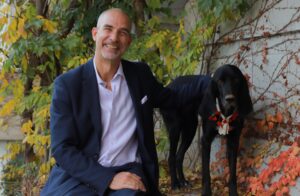
Adam Oliver is in his sixth year as Head of School at Robert College of Istanbul, a NYSAIS member school incorporated in New York State. Established in 1863, Robert College of Istanbul is Turkey’s leading school and the oldest continuously running American high school abroad. Its student body is comprised of the top-performing students in Turkey, most of whom matriculate into the highest-ranked universities globally. Graduates include five prime ministers and a Nobel laureate. 27% of students are present on scholarship.





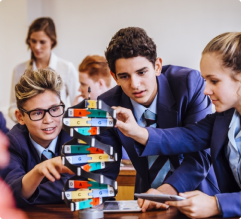
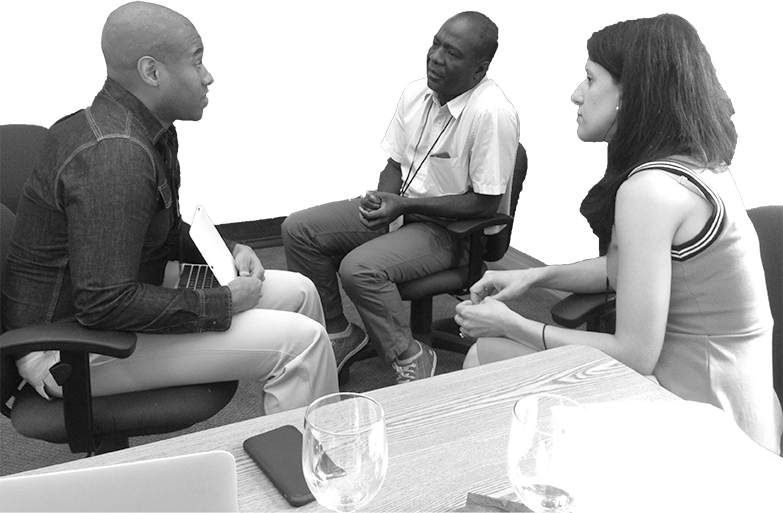

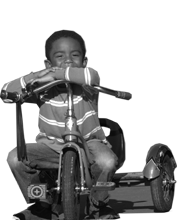




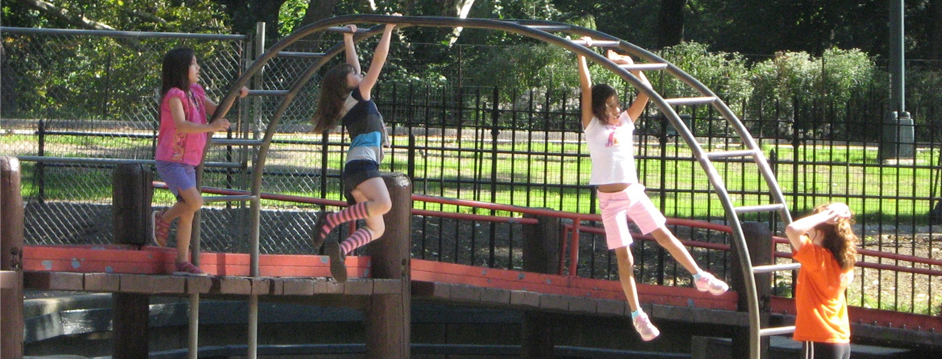
 Quick Links
Quick Links
 Upcoming Events
Upcoming Events
 Careers
Careers